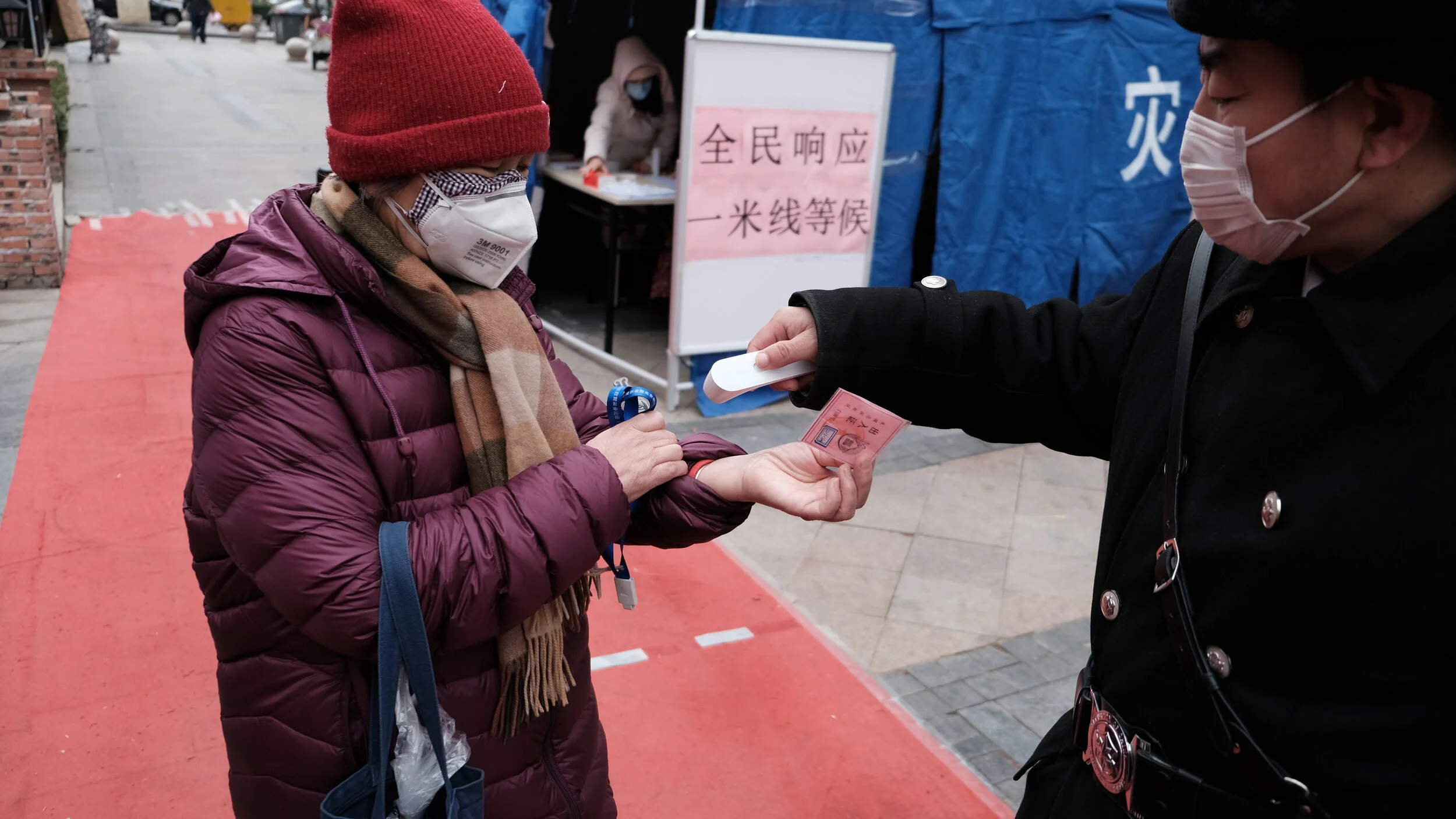The Trump Administration is encouraging use of telehealth facilities to help patients and providers to combat the sudden outbreak of Coronavirus. It has announced expanded Medicare telehealth coverage to enable beneficiaries to get a wider range of healthcare services from their doctors without travelling to a healthcare facility. Starting from March 6, 2020, Medicare - administered by the Centers for Medicare & Medicaid Services (CMS) - will temporarily pay clinicians to extend telehealth services to beneficiaries living across the entire nation.
Administrator Seema Verma said that these changes give permission to seniors to communicate with their doctors without the need to travel to a healthcare facility. This will limit the risk of exposure and spread of the virus. Thus, maintaining safety while treating the beneficiaries.
On March 13, 2020, President Trump made an announcement about an emergency declaration under the Stafford Act and the National Emergencies Act. In line with this emergency declaration, CMS has expanded Medicare’s telehealth benefits under the 1135 waiver authority and the Coronavirus Preparedness and Response Supplemental Appropriations Act.
Under this guidance and recent actions by CMS will provide regulatory flexibility, which will ensure that all Americans especially those under high-risk – are aware of easy-to-use, accessibility benefits that can help to them keep healthy and contain the spread of coronavirus disease.
Initially, Medicare allowed paying clinicians for telehealth services such as routine visits in particular circumstances. For instance, the beneficiary availing these services must be living in a rural area and travel to local medical facility to access telehealth services from a doctor in a remote location. Adding to this the beneficiary would usually not be allowed to receive telehealth services in their home.
Now, Medicare beneficiaries will get access to services through telehealth including common office visits, preventive health screening and mental health counselling.This ensures that Medicare beneficiaries under higher risk for COVID-19, are able to communicate with their doctor from home, without having to visit the doctor’s office or hospital, which puts them and others at risk.
These changes broaden telehealth flexibility without having the need to consider the diagnosis of the beneficiary, because at this critical juncture it is vital to be sure beneficiaries follow the guidance from CDC, which includes participating in social distancing to reduce the risk of COVID-19 transmission. This prevents beneficiaries from unnecessarily entering a healthcare facility when their needs can be catered remotely.
Trump’s announcement is significant because it comes in at a critical time when these flexibilities will assist healthcare institutions offer medical care to patients remotely. Thus, healthcare facilities like the emergency departments and doctor’s offices are available to take care of most urgent cases and reduce the risk of additional infections.
Patients will now be able to access their doctor using wider range of communication tools like telephones with audio and video capabilities. States can now cover telehealth using varied means of communication like telephonic, video technology available on smart phones and other devices. There isn’t any need of federal approval for state Medicaid programs to reimburse providers for telehealth services in the similar manner or at the same rate that states pay for face-to-face services.
Lifecycle Health supports and assists patients to reach out to their healthcare providers in these critical times through digital video visits and messaging services.
During these challenging times Lifecycle Health can provide telehealth services like secure eVisits in HD, and sharing medical images, pictures while communicating with providers. Remote telehealth visits are possible from patient’s home without the need to visit the healthcare centers. Access to healthcare will be possible via laptop, mobile phone or tablet technologies through the internet.
These telehealth facilities ensure the safety of the patient and provider at a time where leaving your home wouldn’t be the safest thing to do. Providers can now concentrate on critical cases as they can guide other patients through telehealth tools.
Lifecycle Health backs you with all the necessary tools to communicate with healthcare providers during these times of emergency to stop the possibility of further spread of this pandemic.




